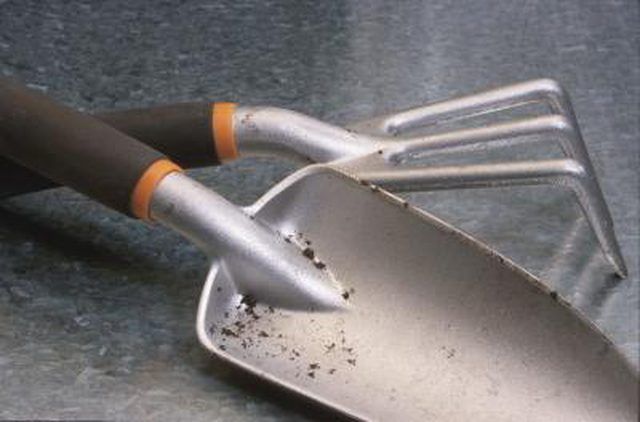Bulbs
Flower Basics
Flower Beds & Specialty Gardens
Flower Garden
Garden Furniture
Garden Gnomes
Garden Seeds
Garden Sheds
Garden Statues
Garden Tools & Supplies
Gardening Basics
Green & Organic
Groundcovers & Vines
Growing Annuals
Growing Basil
Growing Beans
Growing Berries
Growing Blueberries
Growing Cactus
Growing Corn
Growing Cotton
Growing Edibles
Growing Flowers
Growing Garlic
Growing Grapes
Growing Grass
Growing Herbs
Growing Jasmine
Growing Mint
Growing Mushrooms
Orchids
Growing Peanuts
Growing Perennials
Growing Plants
Growing Rosemary
Growing Roses
Growing Strawberries
Growing Sunflowers
Growing Thyme
Growing Tomatoes
Growing Tulips
Growing Vegetables
Herb Basics
Herb Garden
Indoor Growing
Landscaping Basics
Landscaping Patios
Landscaping Plants
Landscaping Shrubs
Landscaping Trees
Landscaping Walks & Pathways
Lawn Basics
Lawn Maintenance
Lawn Mowers
Lawn Ornaments
Lawn Planting
Lawn Tools
Outdoor Growing
Overall Landscape Planning
Pests, Weeds & Problems
Plant Basics
Rock Garden
Rose Garden
Shrubs
Soil
Specialty Gardens
Trees
Vegetable Garden
Yard Maintenance
How to Plant Speckled Butter Beans
How to Plant Speckled Butter Beans. Butter beans, also more commonly referred to as a lima beans, are relatively easy to grow in your backyard vegetable garden. Because beans require some space to grow enough to make it worth your time, you will want to make sure your garden has two or three rows you would be willing to devote to your speckled...

Butter beans, also more commonly referred to as a lima beans, are relatively easy to grow in your backyard vegetable garden. Because beans require some space to grow enough to make it worth your time, you will want to make sure your garden has two or three rows you would be willing to devote to your speckled butter beans. With the right amount of beanstalks, you will be able to enjoy your butter beans throughout the summer.
Things You'll Need
Butter beans (seeds)
Compost or manure
Small wooden stakes
String
Scissors
Make sure it is well past the last frost (at few weeks at minimum) and that the soil temperature is at a steady 55 degrees Fahrenheit before planting your beans.
Mix organic matter (compost or manure) with the soil in the planting area about a week before you plan to plant the beans.
Push the individual beans into the ground about 1 inch, making sure they are covered with soil.
Continue to plant the beans about 6 to 10 inches apart from one another in a row.
Secure wooden stakes (about a 12 to 16 inches high) at either end of the row of beans you have just planted.
Tie a string between the two stakes you have just placed. Make sure the string is rather taut. This will allow the beans to have something to grow on.
Water the seeds once a day for about three to four days after you have planted them.
Tips & Warnings
You will begin to see sprouts about a week after you have planted your beans.